Symphony of nature
With the new boundary, tourists only need a few hours to travel from the cool pine forests of Da Lat, to the sunny blue sea of Phan Thiet, or to see the misty Ta Dung Lake after experiencing the mossy Cham tower. Nowhere else in Vietnam converges such a complete ecosystem: Plateau, mountains, islands, plains, volcanoes, caves, waterfalls, indigenous culture and international heritage. In the plateau, the central wards and surrounding areas continue to play the leading role in resort tourism, with fresh climate, charming scenery, a system of hotels, attractions, and festivals that have been shaped and recognized by the world. Da Lat alone (formerly) welcomes more than 6 million visitors each year, is an ASEAN clean tourist city, a UNESCO creative city in the field of music and is the leading Flower Festival destination in Asia.
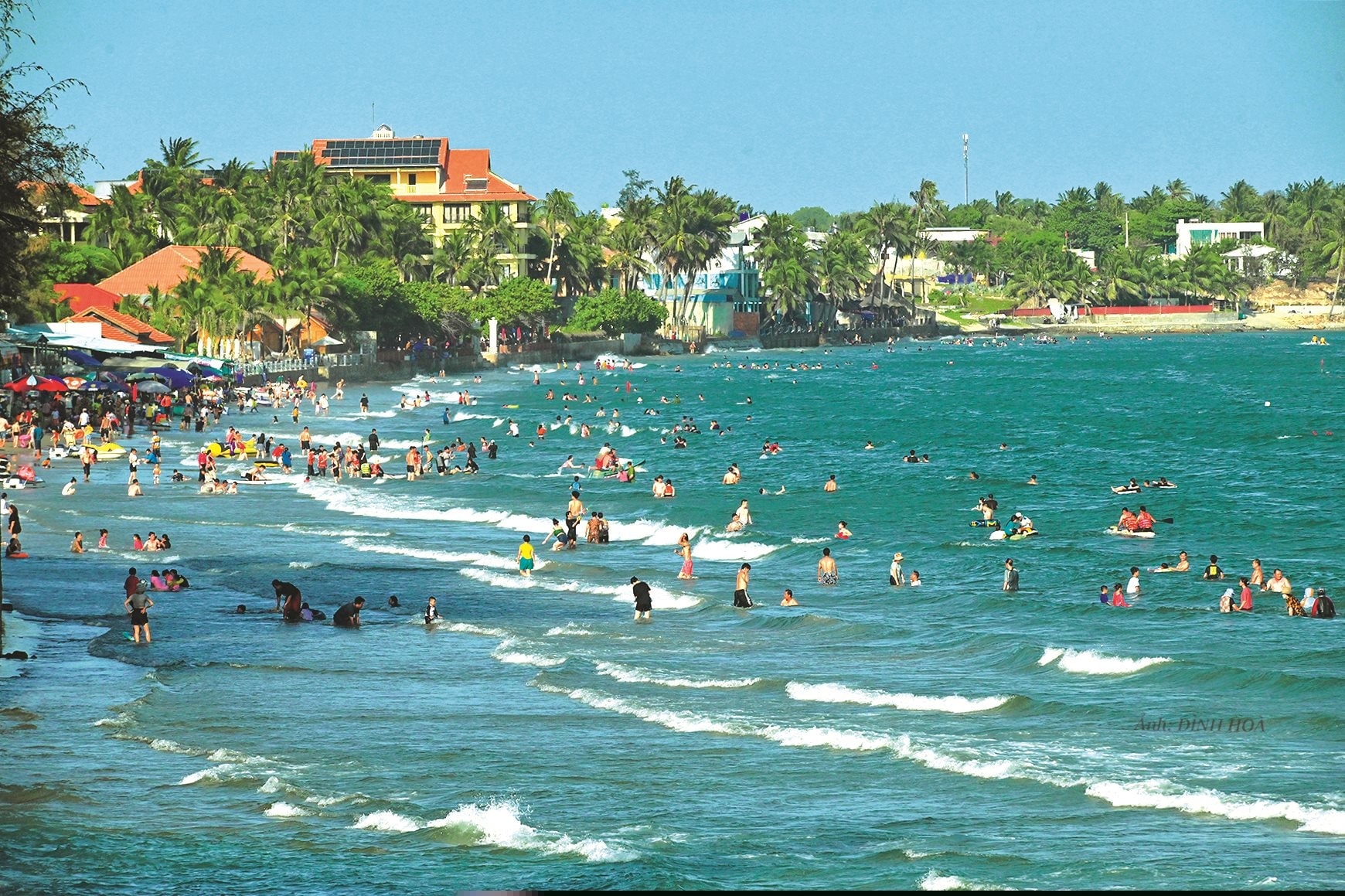
In the Southeast of Lam Dong province, bordering the sea, is a sunny and windy land with a long coastline, beautiful beaches, rich island ecosystems, rich Cham culture, and festivals such as Kate, Cau Ngu, Dinh Thay Thim, Nghinh Ong... creating a unique attraction for cultural, spiritual, and island tourism. Tourist areas such as Mui Ne, Ke Ga, Phu Quy, Bau Trang, Ta Cu have become familiar destinations, playing a key role in developing marine tourism economy. Meanwhile, the West of Lam Dong province is a pristine land, associated with the M'nong - Stieng - Ede plateau, home to Dak Nong UNESCO Global Geopark, Dray Sap waterfall clusters, Ea Sno lake, Nam Nung and Ta Dung ecological areas, and dozens of intangible cultural heritages. This is a "treasure" of eco-tourism, geological tourism, community tourism and highland experiential tourism.
The merger brings unprecedented opportunities, from developing individually in each province, Lam Dong province's tourism industry can build a synchronous development strategy, linking space, products, markets, forming a cross-regional value chain. Instead of competing internally, communes and wards can exploit complementary advantages, the central ward leads tourists to resorts, then connects to sea sports tours in Mui Ne, then goes up to Ta Dung to explore the wild nature. More importantly, the province needs to build a unified tourism brand, capable of representing the whole region. That brand must demonstrate ecological diversity, multi-layered culture, diverse experiences, but still aim for sustainability, modernity, and integration.
A common identity of new vision
According to experts, for Lam Dong province's tourism to become a truly spearhead economic sector, the province will have to overcome many challenges. First is the local mentality and decentralized management. The fact that the three provinces used to operate separately, each with its own planning, promotion methods, and tourism practices... makes unifying development thinking require time and great political determination. In addition, there are differences in infrastructure, service quality, and human resources. Some coastal localities have a complete tourism ecosystem, but remote areas and the western highlands still lack basic infrastructure. Without equal investment, the chain development will be disrupted.
In that context, tourism should be considered as the leading sector of regional development model, the "pioneer" for other sectors such as transportation, trade, agriculture, culture to develop together. Therefore, Lam Dong province will be proactive in planning, communicating, attracting investment and supporting the tourism community, aiming for a comprehensive, green, sustainable and in-depth tourism development model. And also an invitation to domestic and international tourists: Come to Lam Dong province - where a journey can touch every experience.
Source: https://baolamdong.vn/du-lich-tinh-lam-dong-mot-hanh-trinh-mot-thuong-hieu-381348.html








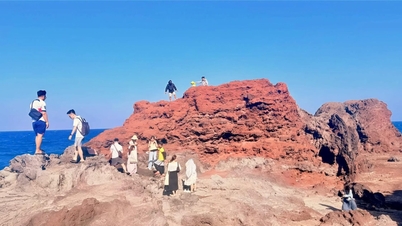














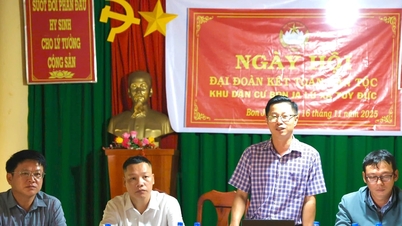
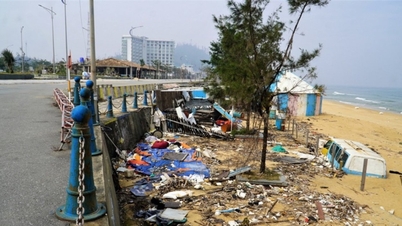

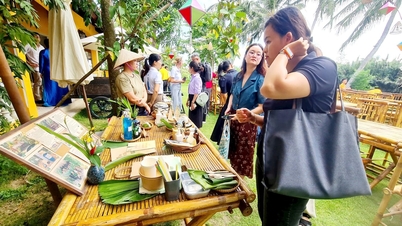





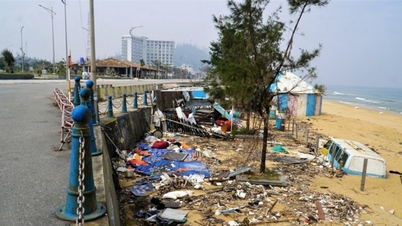
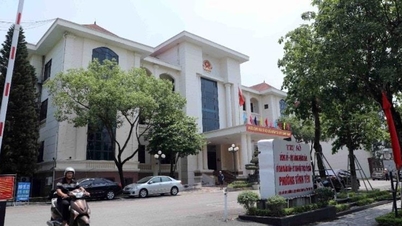


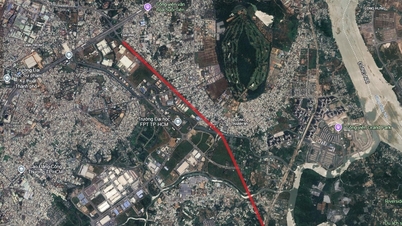
![[Photo] Worshiping the Tuyet Son statue - a nearly 400-year-old treasure at Keo Pagoda](/_next/image?url=https%3A%2F%2Fvphoto.vietnam.vn%2Fthumb%2F1200x675%2Fvietnam%2Fresource%2FIMAGE%2F2025%2F12%2F02%2F1764679323086_ndo_br_tempimageomw0hi-4884-jpg.webp&w=3840&q=75)
![[Photo] Parade to celebrate the 50th anniversary of Laos' National Day](/_next/image?url=https%3A%2F%2Fvphoto.vietnam.vn%2Fthumb%2F1200x675%2Fvietnam%2Fresource%2FIMAGE%2F2025%2F12%2F02%2F1764691918289_ndo_br_0-jpg.webp&w=3840&q=75)
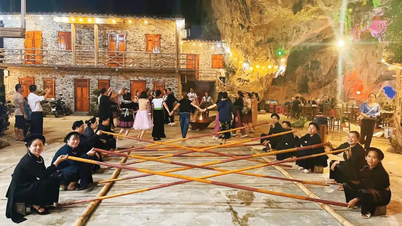

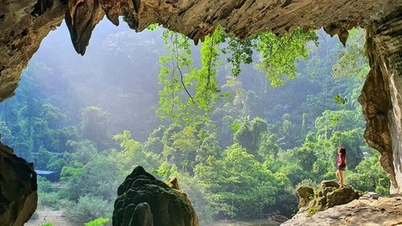

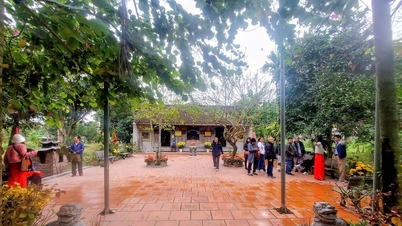
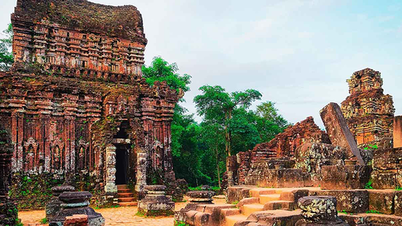
















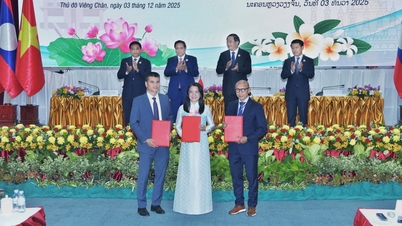




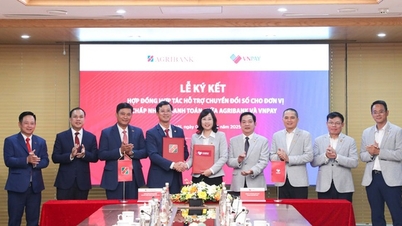
















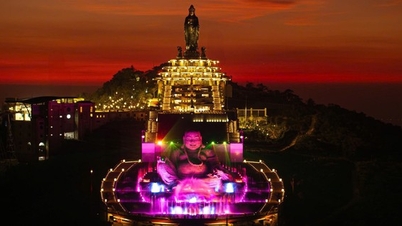








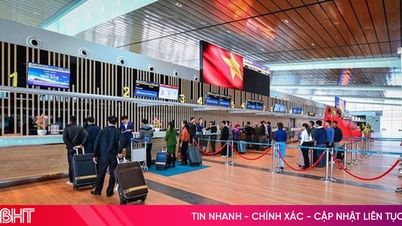

![[Infographic] 3 important milestones of the "Quang Trung Campaign"](https://vphoto.vietnam.vn/thumb/402x226/vietnam/resource/IMAGE/2025/12/04/1764800248456_fb_ava-2.jpeg)
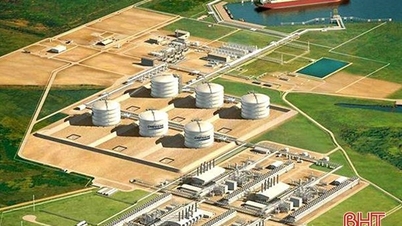

















Comment (0)